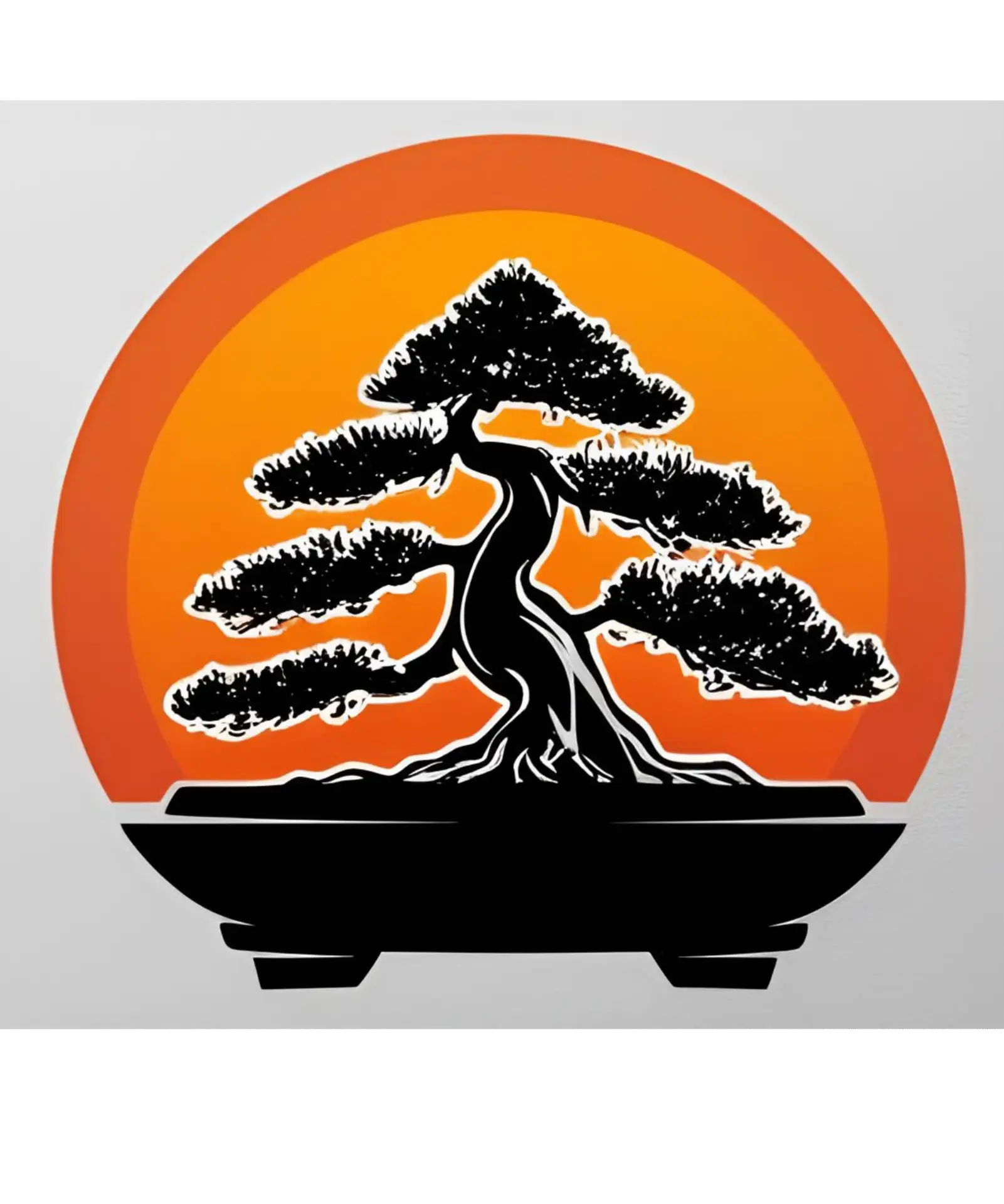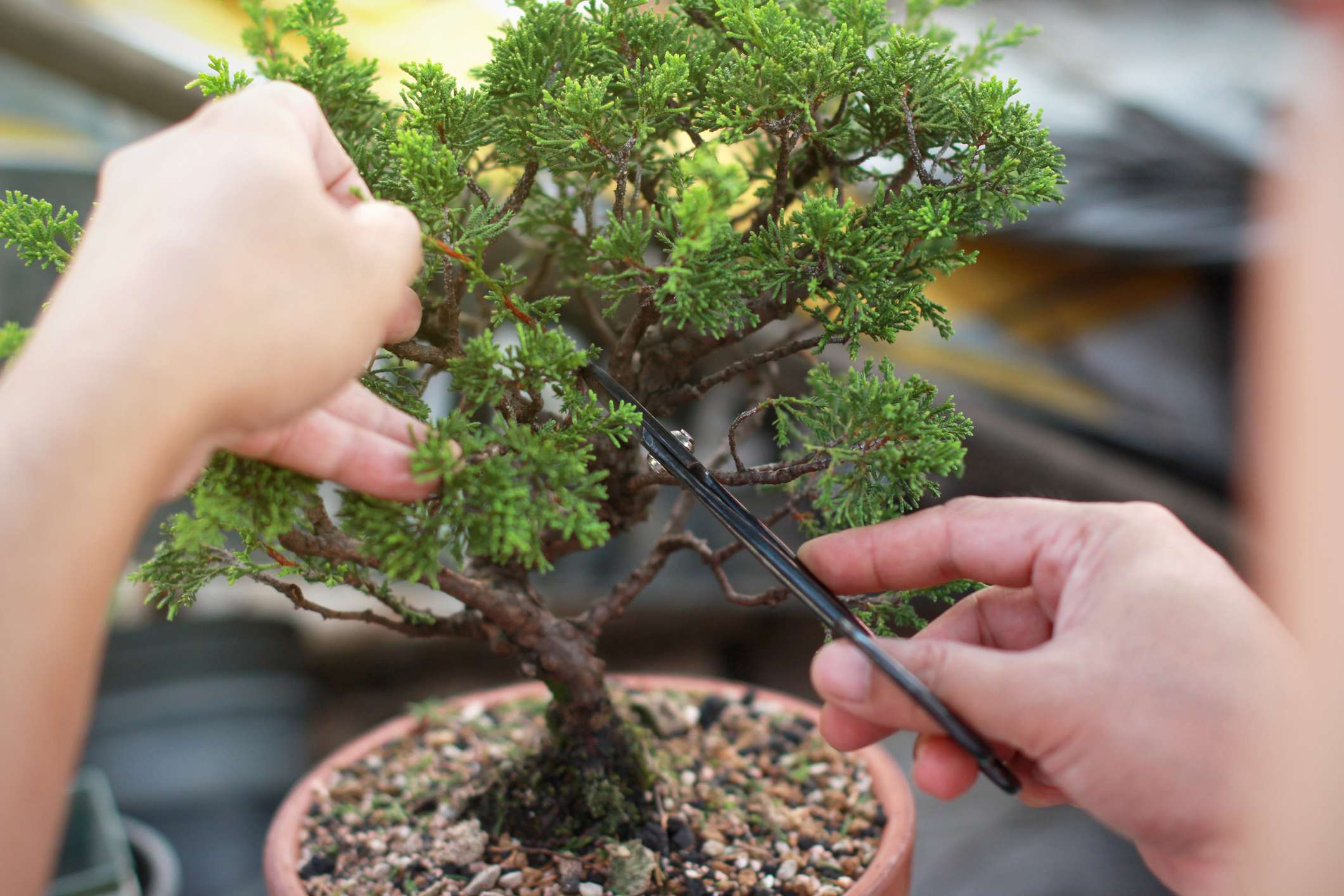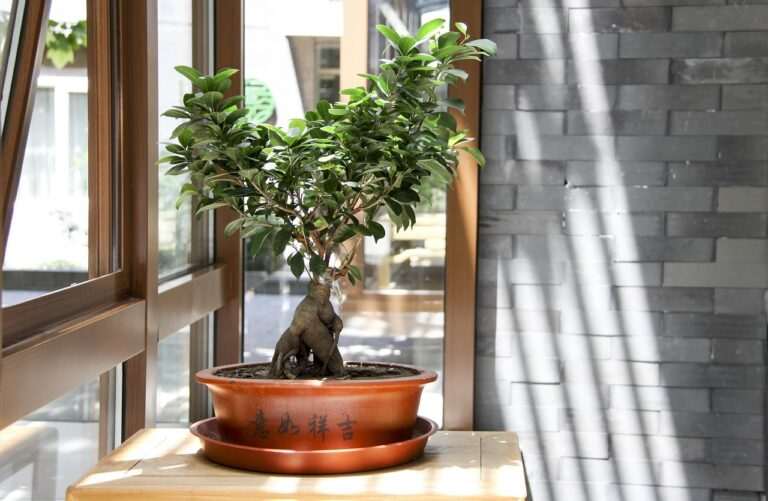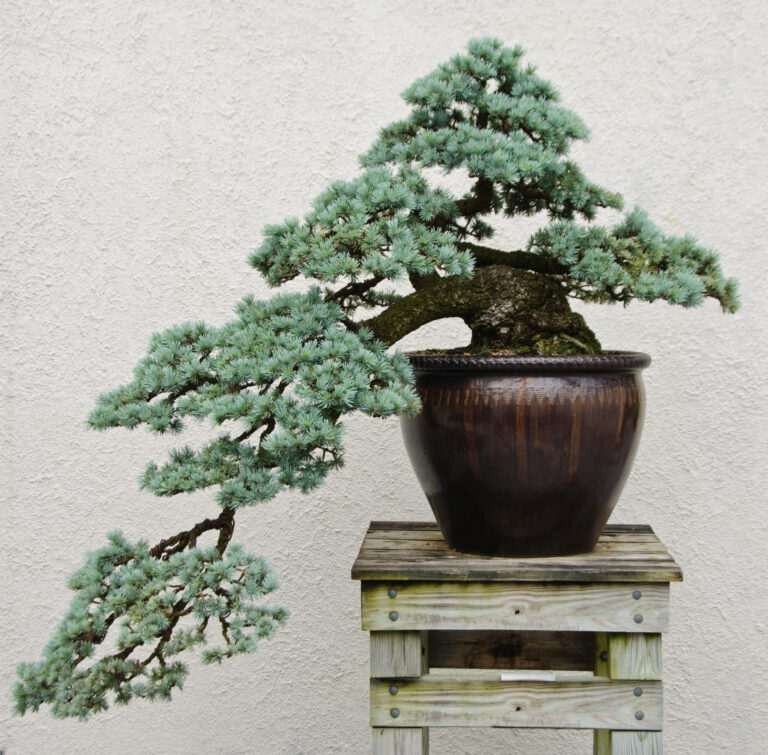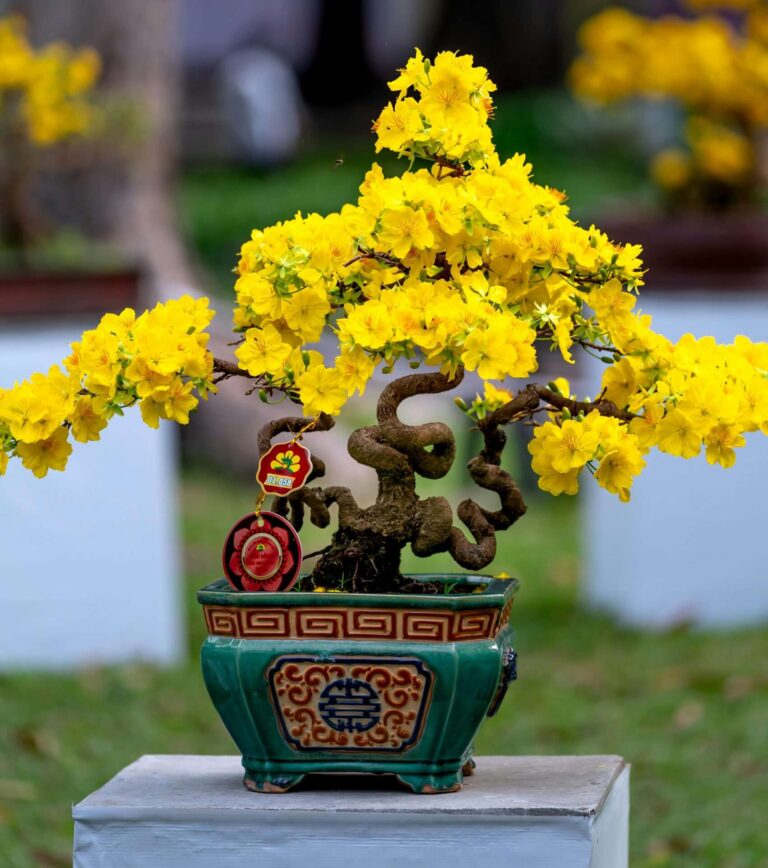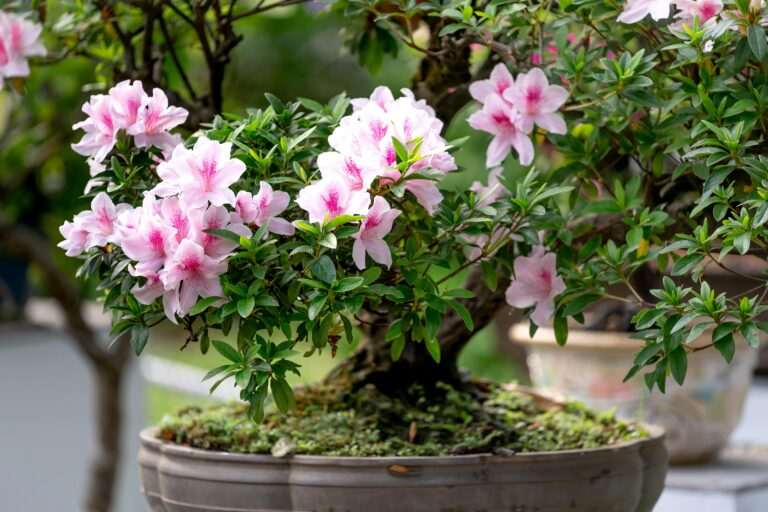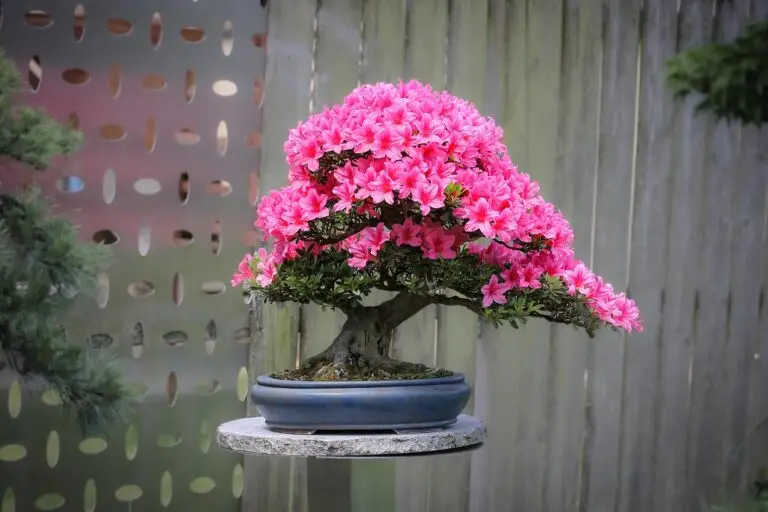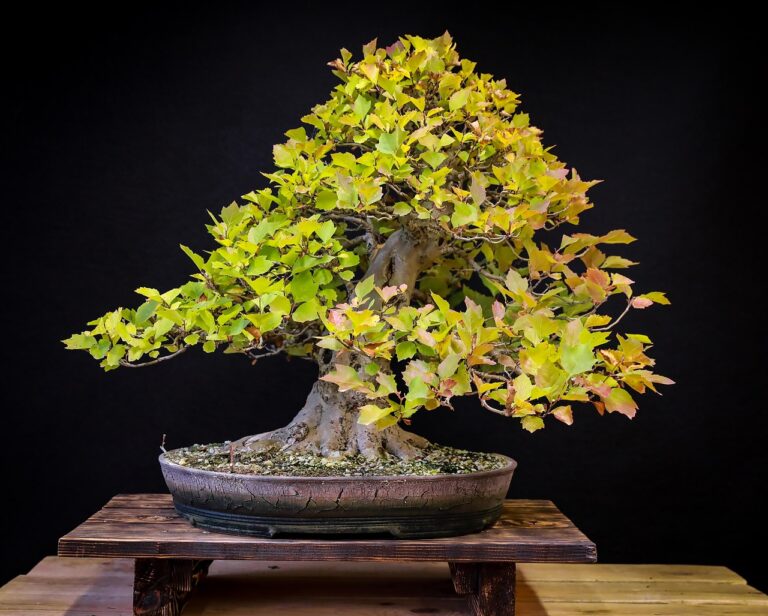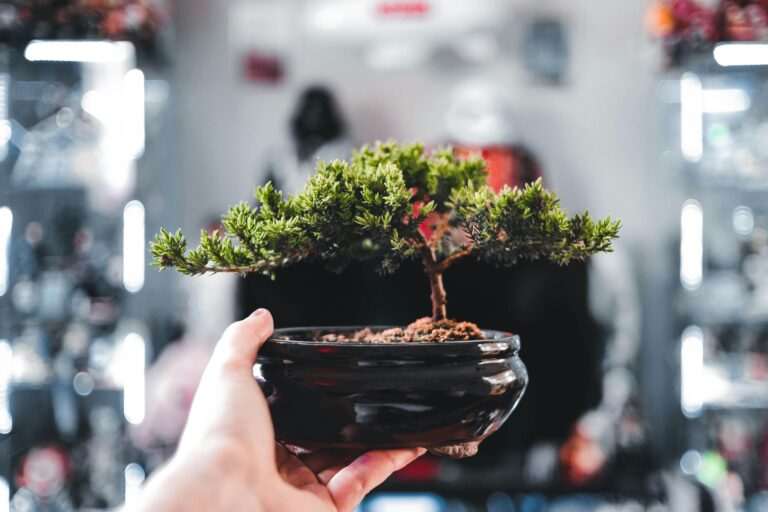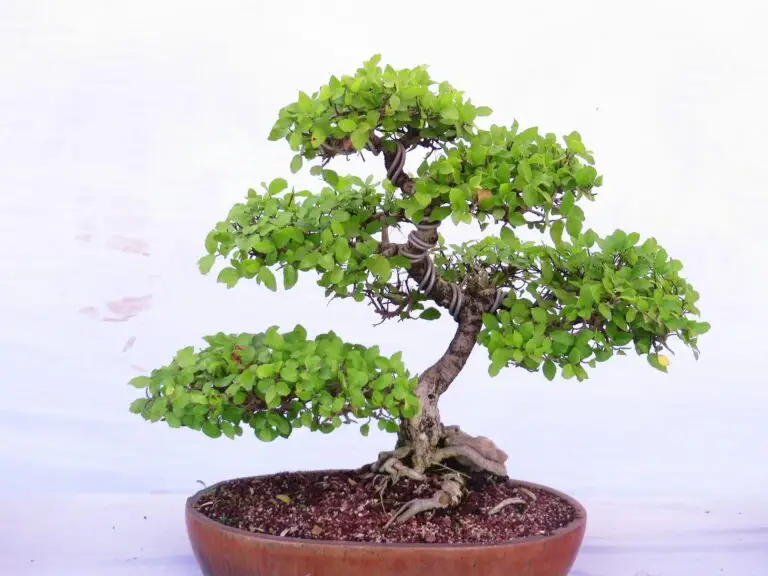Related Articles
New to bonsai tree care? This comprehensive beginner’s guide will teach you everything about how to care of bonsai trees for beginners — from selecting your first bonsai to mastering essential bonsai tree care techniques like pruning, watering, and seasonal maintenance. Along the way, you’ll discover invaluable bonsai care wisdom from Master Mori, who believes that “bonsai tree care is less about control, more about connection with your miniature tree.” Let’s begin your bonsai journey with proper tree care fundamentals.
Download Master Mori’s free beginner’s bonsai tree care guide — your first bonsai tree will thank you for learning proper care techniques
Let’s begin mastering bonsai tree care together.
How to Take Care of a Bonsai Tree for Beginners
Bonsai tree care for beginners focuses on three essentials: light, water, and soil. Place your bonsai in bright, indirect sunlight for 5-6 hours daily. Water when the top 1-2 cm of soil feels dry—never let roots sit in water or completely dry out. Use specialized bonsai soil mix with akadama, pumice, and lava rock for proper drainage.
Quick Bonsai Care Checklist for Beginners:
- Choose beginner-friendly species like Ficus or Chinese Elm
- Check soil daily but water only when needed
- Provide consistent lighting (south-facing windows work well indoors)
- Use proper bonsai soil to prevent root problems
- Prune regularly to maintain shape and health
Start with these fundamentals, and your bonsai tree care journey will flourish. Remember: bonsai care is about patience and observation—learn to “listen” to your tree’s needs rather than following rigid schedules.
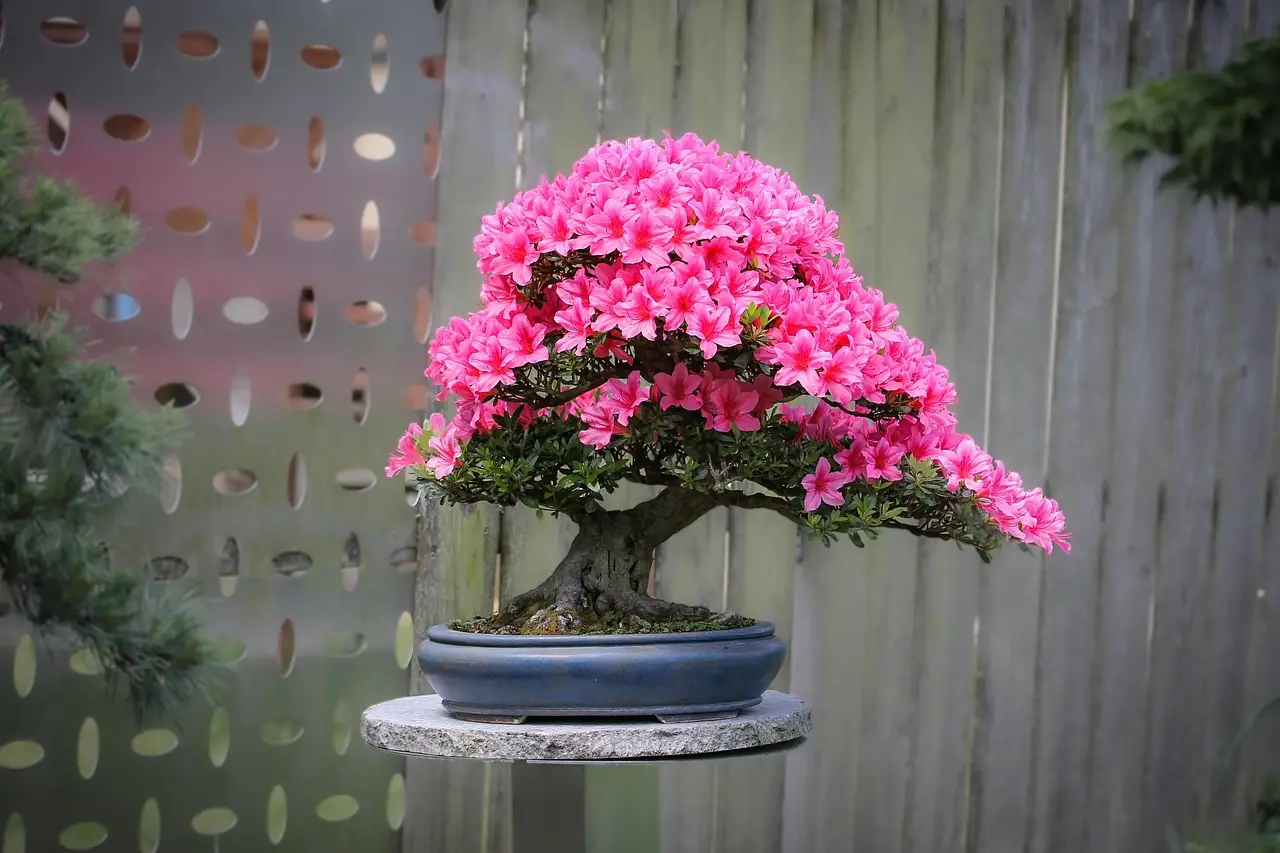
What Does Bonsai Literally Mean? Understanding the Art of Bonsai Tree Care
Bonsai literally means “tree in a tray,” but don’t mistake this simplicity for ease in bonsai tree care. Bonsai is a living sculpture that requires dedicated tree care, creating a delicate dance of patience and artistry. Each miniature tree tells a unique story shaped by your hands and proper bonsai care techniques.
If you’re new to this ancient art, begin with mastering the fundamentals of bonsai tree care for beginners. Through consistent bonsai maintenance and attentive care, you’ll learn how to listen to your tree’s silent whispers and understand what your bonsai needs to thrive.
Successful bonsai tree care combines traditional techniques with modern understanding of plant health, making each small tree a testament to the caregiver’s dedication.
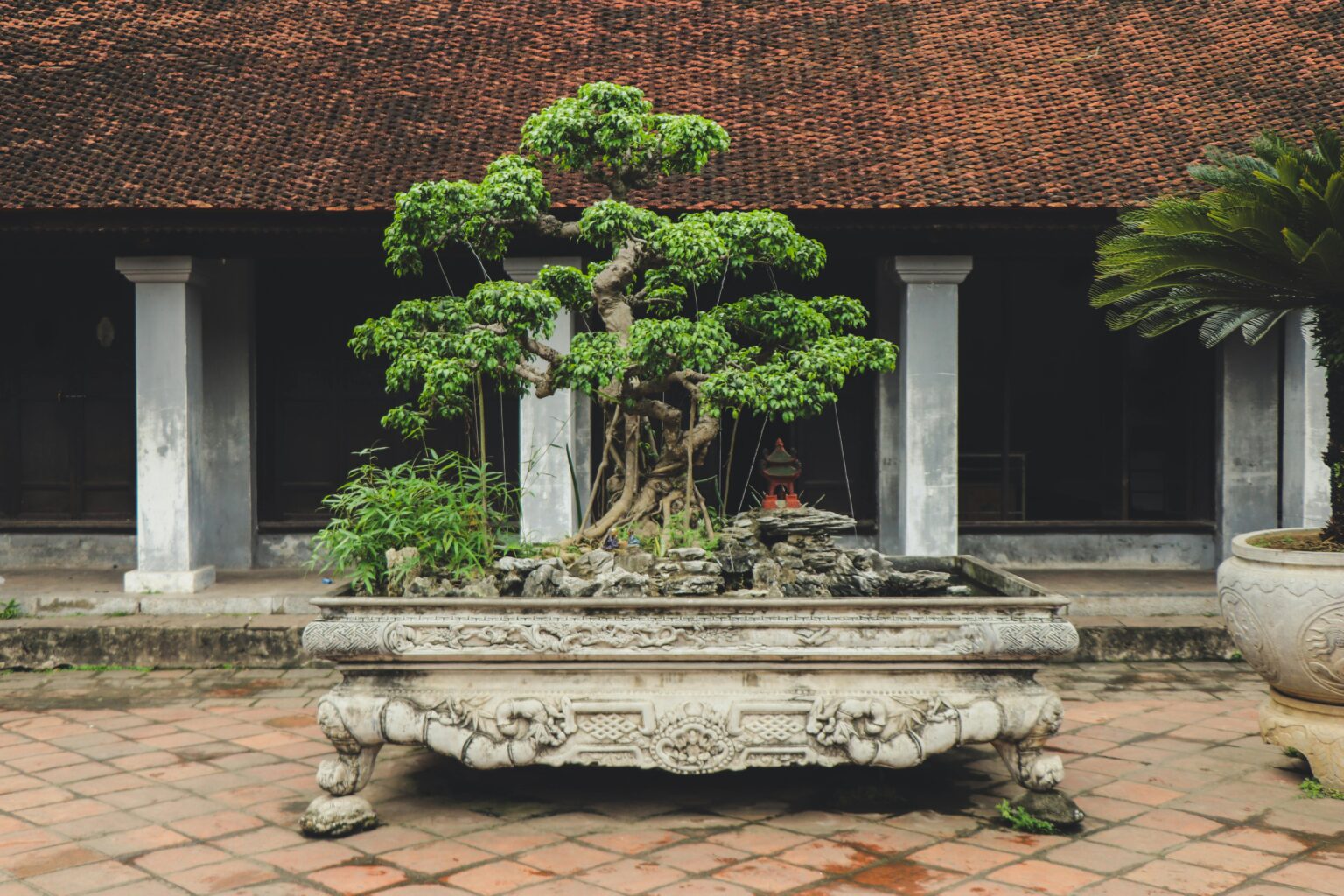
The History and Philosophy of Bonsai Tree Care
Bonsai tree care traditions have roots that reach deep into ancient China’s penjing practices before blossoming into the refined Japanese art of bonsai cultivation. This ancient approach to miniature tree care philosophy is woven with profound concepts like wabi-sabi—finding beauty in imperfection—and zen—maintaining presence in every moment of bonsai tree care.
To truly master bonsai tree care, you must embrace these timeless principles as you nurture your bonsai. Understanding that proper bonsai care goes beyond watering and pruning—it’s about developing a spiritual connection with your miniature tree. Each aspect of bonsai tree care, from soil selection to branch positioning, reflects these deeper philosophical teachings.
Modern bonsai enthusiasts who integrate traditional philosophy into their daily bonsai tree care routines often find greater success in maintaining healthy, beautiful trees. For a deeper understanding of how philosophy enhances practical bonsai care techniques, explore the art and philosophy of bonsai cultivation.

Choosing the Right Bonsai Tree for Beginners: Essential Bonsai Tree Care Starts Here
Selecting the right bonsai tree is crucial for successful bonsai tree care as a beginner. The perfect companion makes your bonsai care journey both joyful and rewarding. Consider beginner-friendly, forgiving species like Ficus or Chinese Elm—both excellent choices for learning fundamental bonsai tree care techniques.
Master Mori recommends starting with bonsai species that suit your environment and lifestyle, as proper bonsai tree care varies significantly between indoor and outdoor varieties. Matching your tree choice to your living situation ensures easier daily bonsai maintenance and long-term success.
Need help choosing your first bonsai? Discover our detailed guide on the best bonsai trees for beginners and essential care requirements.
Top Beginner-Friendly Bonsai Trees for Easy Care:
- Ficus Bonsai (Indoor bonsai tree care, very forgiving for new enthusiasts)
- Chinese Elm (Indoor/outdoor flexibility, hardy with simple bonsai tree care needs)
- Juniper Bonsai (Outdoor bonsai tree care, classic choice with traditional appeal)
- Jade Plant Bonsai (Indoor care, succulent nature makes watering and maintenance easier)
Each of these species offers unique advantages for learning proper bonsai tree care techniques while being resilient enough to forgive beginner mistakes.
Ready to dive deeper into bonsai tree care for specific species? More comprehensive care details await you in our article: Top 5 Beginner Bonsai Species Care Guide or explore our complete guide on the best 21 types of bonsai trees with detailed care instructions.
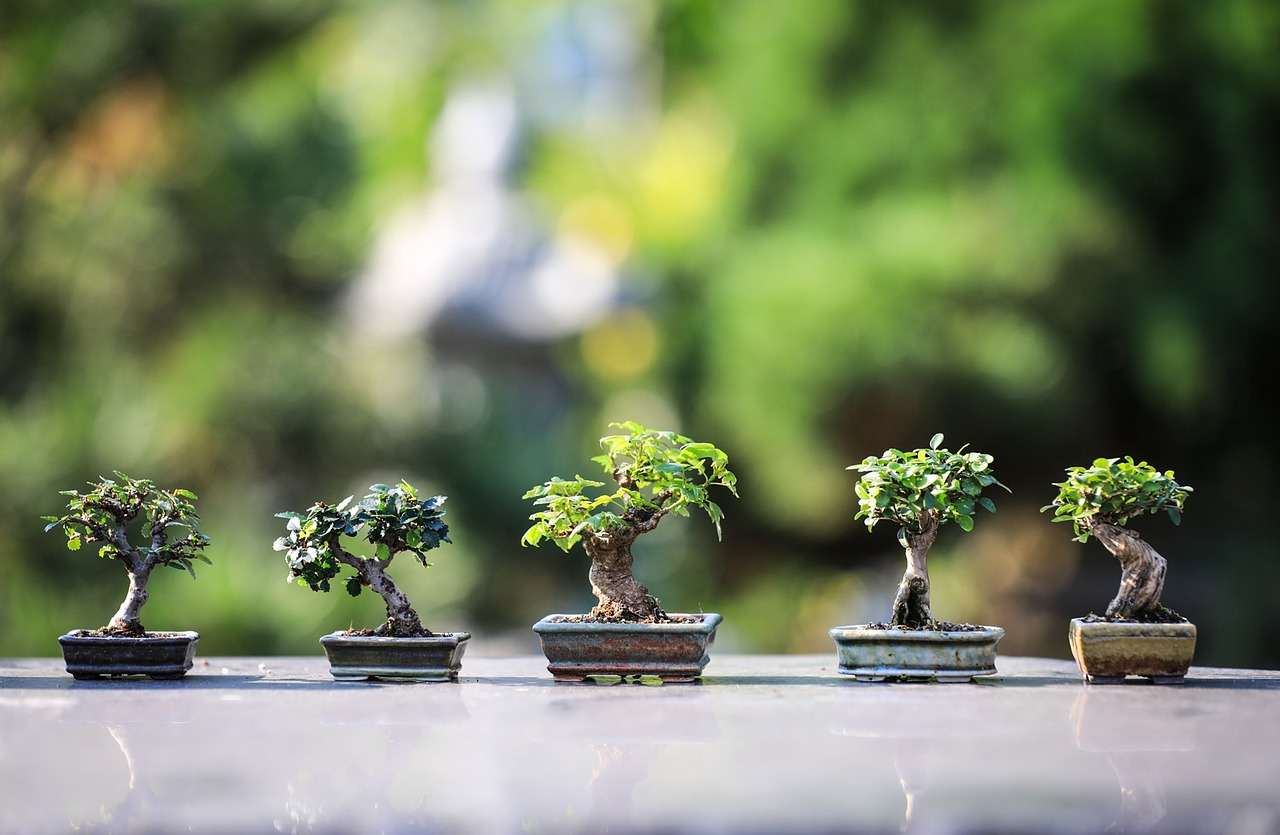
The Bonsai Pot: Your Tree’s Foundation for Proper Bonsai Tree Care
Never underestimate the importance of the bonsai pot in your tree care routine, young student. The right bonsai container is essential for successful bonsai tree care—it supports crucial root health, ensures proper drainage, and completes your miniature tree’s visual story.
Choosing the Best Bonsai Pots for Beginner Tree Care
For beginners mastering bonsai tree care fundamentals, start with a quality ceramic training pot that features excellent drainage holes. Proper pot selection is a critical aspect of bonsai tree care that directly impacts your tree’s health and growth. Training pots allow you to focus on learning essential bonsai care techniques without the pressure of perfect aesthetic presentation.
As your bonsai tree care skills develop, you can later explore the intricate art of choosing the perfect bonsai pot, where aesthetics and function meet in harmony. The right decorative bonsai pot becomes part of your tree care success story.
Key considerations for bonsai pot selection in your tree care journey:
- Adequate drainage for healthy root systems
- Appropriate size for your tree’s current root development
- Material that supports your specific bonsai tree care needs
Master this foundation element, and your bonsai tree care routine will flourish from the ground up.
Read more on how to choose the right bonsai pot.
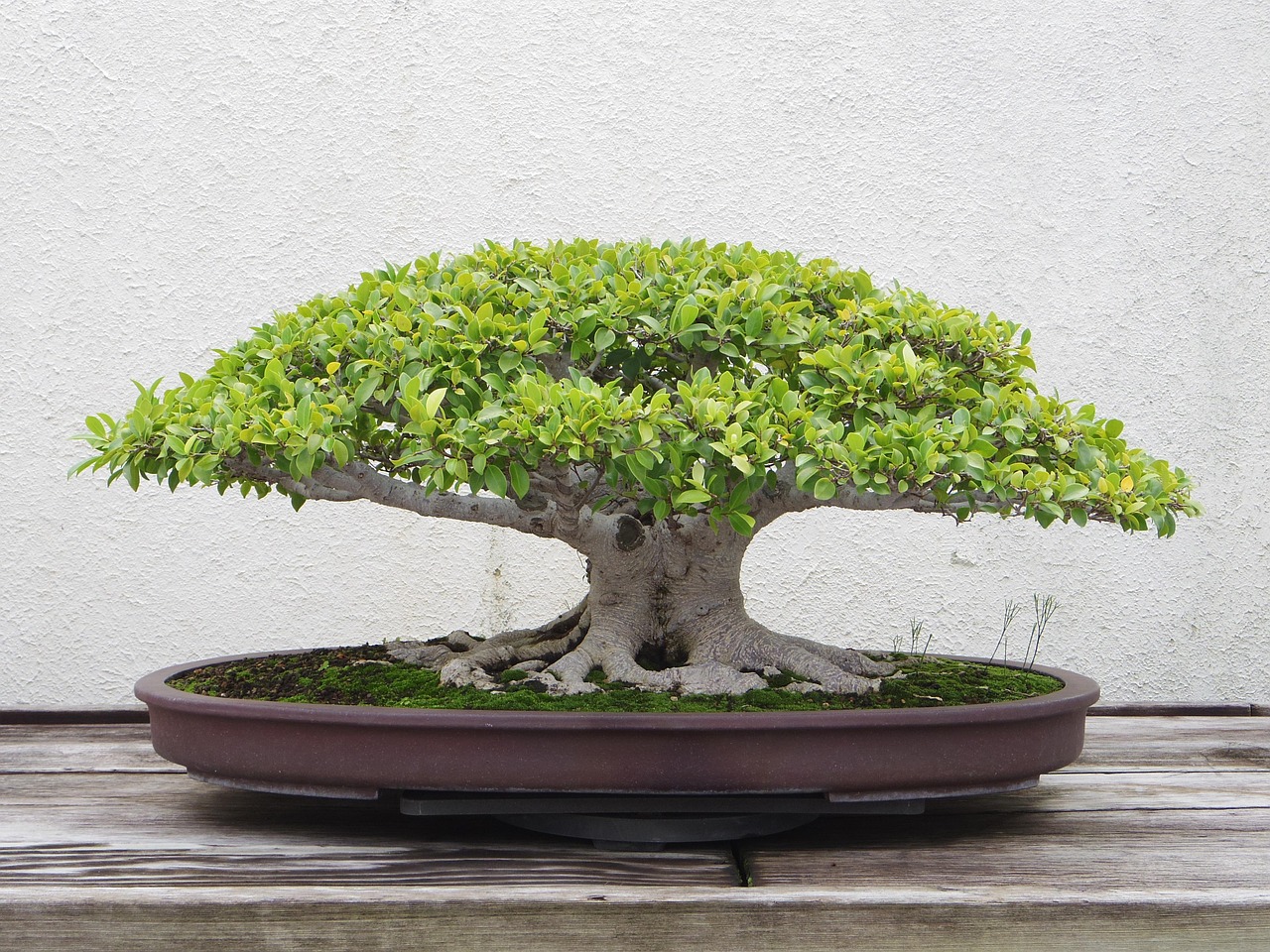
Indoor vs. Outdoor Bonsai Tree Care: Where Should Your Tree Live?
Understanding the difference between indoor and outdoor bonsai tree care is fundamental to your tree’s health and longevity. The location you choose dramatically impacts your daily bonsai maintenance routine and long-term care success.
Indoor Bonsai Tree Care Requirements
Indoor bonsai trees like Ficus, Chinese Elm, and Jade plants thrive with specific environmental conditions. Proper indoor bonsai tree care includes providing bright, indirect sunlight and maintaining stable indoor temperatures year-round. These tropical and subtropical species adapt well to consistent indoor climates, making them ideal for apartment dwellers learning bonsai tree care basics.
Outdoor Bonsai Tree Care Essentials
Outdoor bonsai species such as Juniper, Japanese Maple, and Pine trees follow natural seasonal rhythms that are crucial to their health. Effective outdoor bonsai tree care involves understanding that these trees require seasonal temperature changes, including a necessary winter dormancy period. This cold rest period is essential for proper outdoor bonsai tree care and cannot be replicated indoors.
Key differences in bonsai tree care by location:
- Indoor care focuses on consistent conditions and humidity management
- Outdoor care involves seasonal adjustments and weather protection
- Watering frequency varies significantly between indoor and outdoor bonsai maintenance
Ready to master location-specific techniques? For comprehensive indoor bonsai tree care strategies, seasonal care tips, and troubleshooting common indoor growing challenges, read our complete indoor bonsai care guide.
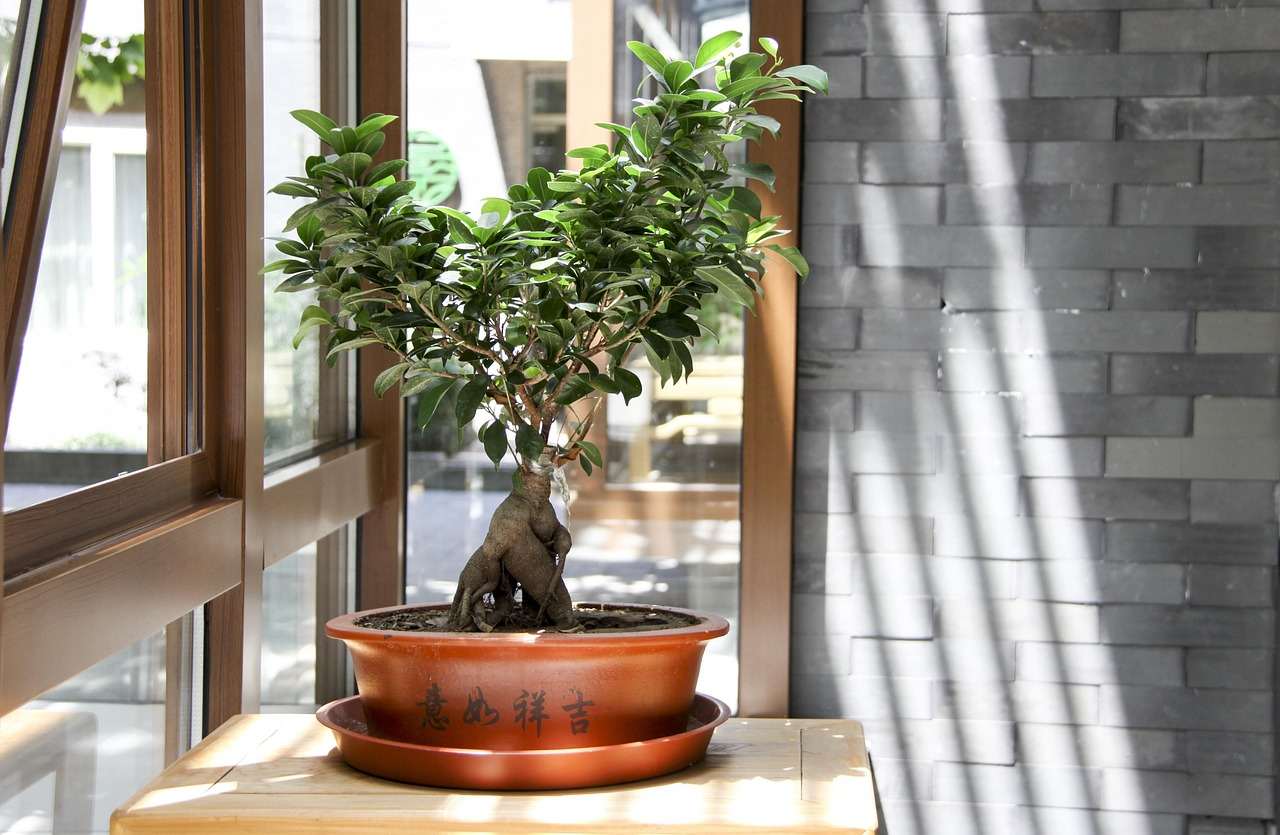
Essential Bonsai Tree Care for Beginners: Mastering Light, Water, and Soil
Ah, the fundamental pillars of successful bonsai tree care! Proper lighting, watering techniques, and soil composition form the foundation of effective bonsai tree care for beginners. Master these three essential elements, and you’ll establish a strong base for lifelong bonsai cultivation success.
Optimal Lighting for Bonsai Tree Care
- Light Requirements: Most bonsai trees need 5–6 hours of bright, indirect sunlight daily for healthy growth. This consistent lighting is crucial for proper bonsai tree care and photosynthesis.
- Indoor Bonsai Lighting: South-facing windows provide ideal indoor bonsai tree care conditions, offering maximum natural light exposure.
- Outdoor Light Management: For outdoor bonsai tree care, provide some afternoon shade protection during intense summer heat to prevent leaf scorch.
Proper Watering Techniques in Bonsai Tree Care
- When to Water: Check soil moisture regularly—water when the top 1–2 cm of bonsai soil feels dry to touch. This hands-on approach is essential for successful bonsai tree care.
- Avoiding Common Mistakes: Never let bonsai roots drown in waterlogged soil or completely parch from neglect. Both extremes harm your tree’s health.
- Master Mori’s Watering Wisdom: “Listen to the soil in your bonsai tree care routine. It whispers more truth than your watering calendar.”
Choosing the Right Soil for Bonsai Tree Care Success
- Specialized Bonsai Soil Mix: Use professional bonsai soil containing akadama clay, pumice, and lava rock for optimal drainage and root health.
- Why Regular Potting Soil Fails: Ordinary garden soil retains too much moisture and suffocates bonsai roots, leading to root rot and poor tree health.
- Soil’s Role in Care: Well-draining bonsai soil is fundamental to preventing the most common bonsai tree care problems.
Ready to dive deeper into these bonsai tree care essentials? Master these critical techniques with detailed guidance from our comprehensive bonsai watering guide and bonsai soil mix essentials for optimal tree health.
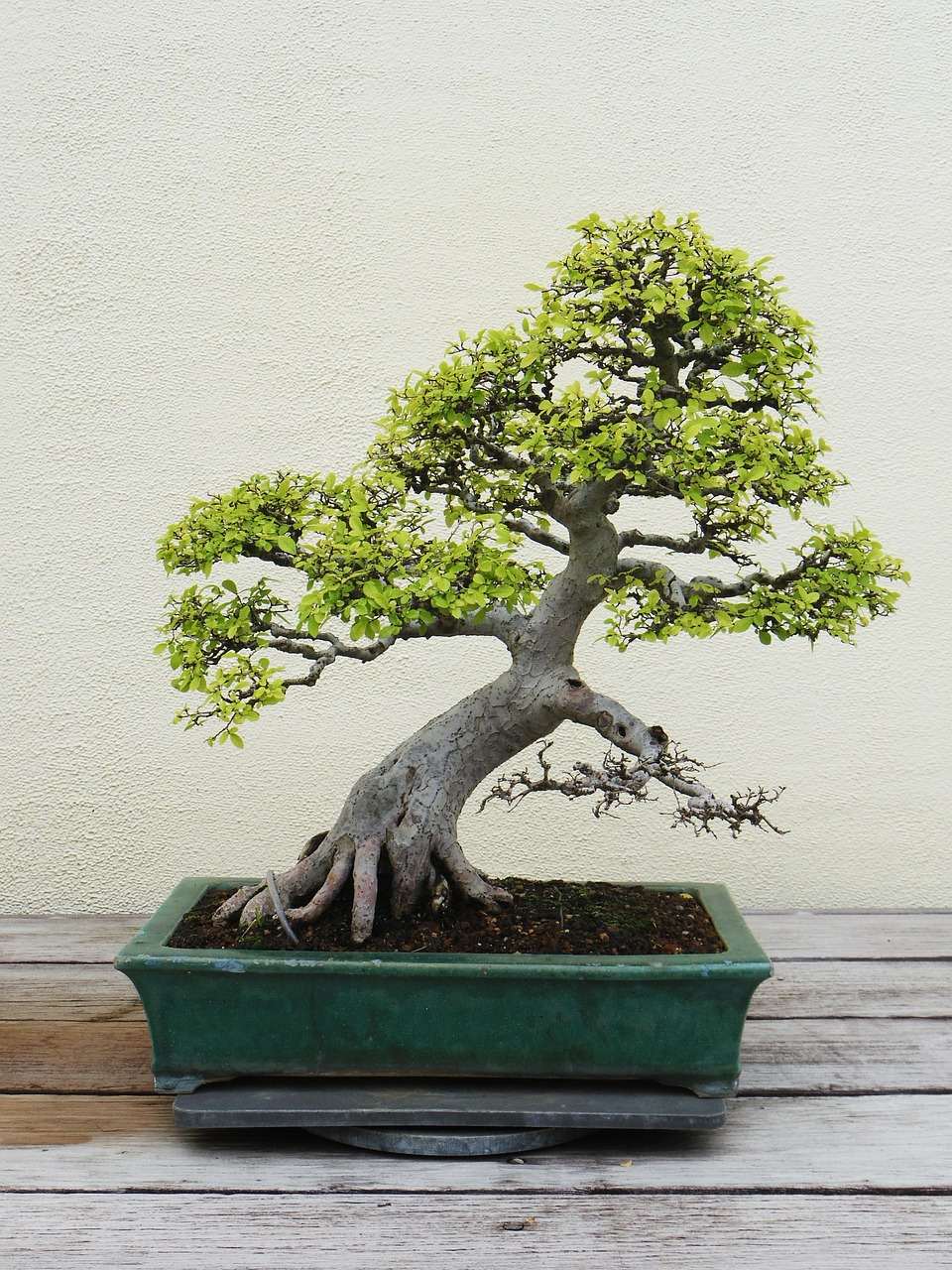
Beginner Bonsai Tree Care Basics
Bonsai Light Requirements:
Most bonsai trees require 5 to 6 hours of bright, indirect light daily. For indoor bonsai, placing them near a south-facing window works best to meet their light needs. When grown outdoors, it’s wise to provide some afternoon shade to protect them from harsh sun exposure. To learn more about positioning and light, check out our detailed Indoor Bonsai Tree Care guide.
Watering:
Water your bonsai when the top 1 to 2 centimetres of soil feels dry. It’s important not to let the soil dry out completely, but at the same time, avoid waterlogging the roots, which can cause damage. Checking moisture levels daily will help you maintain the right balance. As Master Mori wisely says, “Listen to the soil. It whispers more truth than your calendar.”
Soil Mix:
Using the right soil mix is critical for healthy bonsai growth. Avoid regular potting soil, and instead use a well-draining bonsai soil mix made of components like akadama, pumice, and lava rock. This mix ensures proper drainage and aeration for your tree’s roots. For a complete breakdown, see our Bonsai Tree Soil Mix Guide.
Fertilizer:
Feed your bonsai every 2 to 4 weeks during the active growing season with a balanced or nitrogen-rich fertilizer. Be sure to stop feeding during the winter months when your bonsai enters dormancy.
Ideal Bonsai Temperature:
Keep your bonsai away from drafts, heaters, or sudden temperature changes. Most indoor bonsai thrive in temperatures between 18 and 24 degrees Celsius. To explore how temperature affects your bonsai, see our full Bonsai Tree Care Basics article.
This concise advice forms the foundation of bonsai tree care for beginners, helping you nurture your miniature tree with confidence and wisdom.
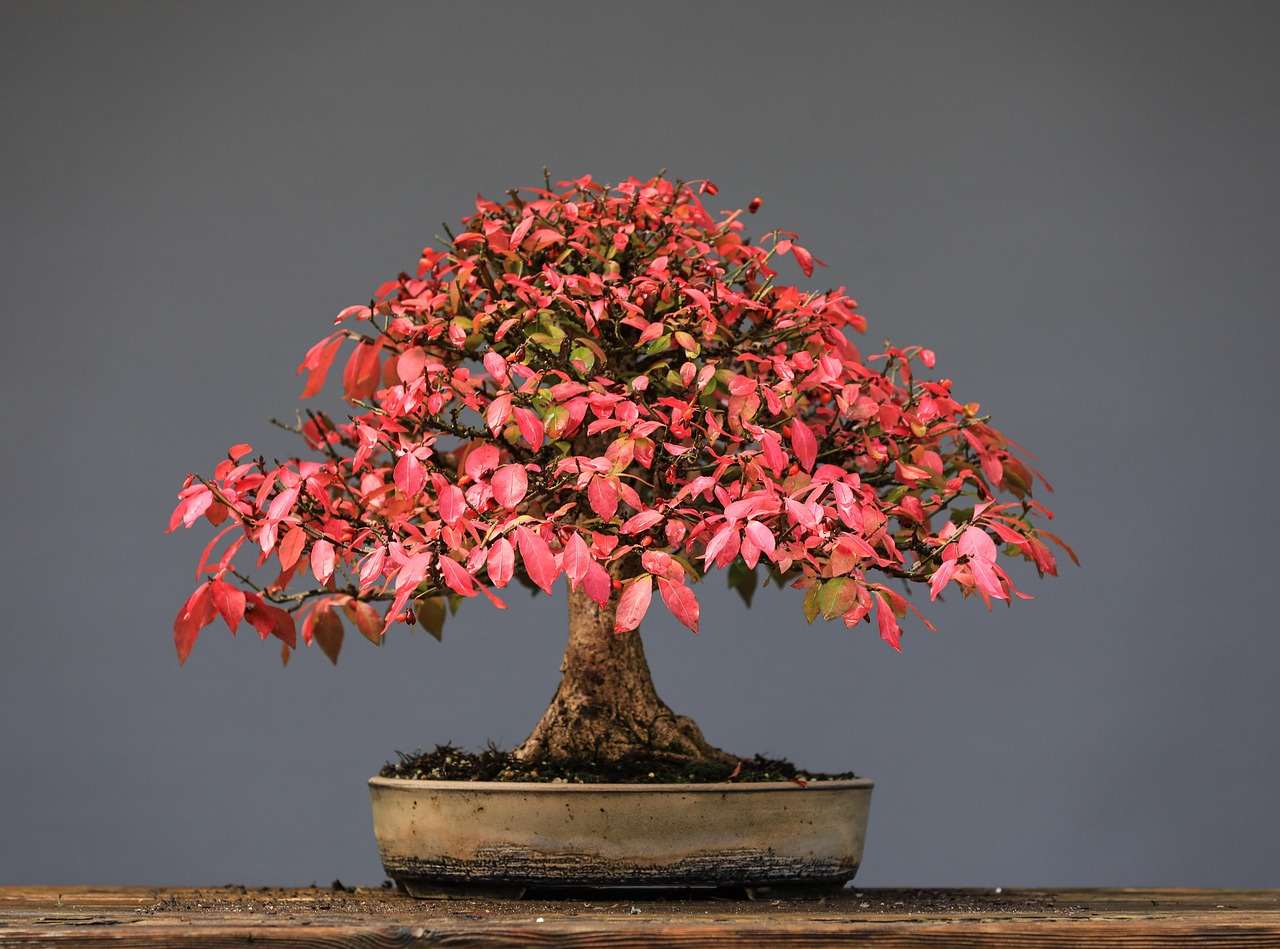
Seasonal Bonsai Care Guide
Spring (The Season of Renewal)
Spring marks the awakening of your bonsai from its winter rest. New buds appear, growth speeds up, and the tree’s energy returns. It’s a time for careful action and nurturing.
Prune new growth: Begin shaping your bonsai by lightly pruning fresh shoots to encourage healthy branching and structure. Avoid heavy cuts; gentle guidance helps your bonsai thrive.
Begin fertilizing: Start feeding your bonsai with a balanced fertilizer to support vigorous growth during this active season.
Repot if needed: If you notice roots circling the pot or poor water drainage, spring is the ideal time to repot your bonsai using fresh soil that improves aeration and drainage. For detailed repotting instructions, see our Bonsai Tree Soil Mix Guide and How to Prune a Bonsai Tree.
Summer (The Season of Energy)
Summer is when growth peaks but also presents challenges such as heat, dryness, and pests.
Water more frequently: Bonsai soil dries quickly in summer heat, so check moisture daily and water deeply when the topsoil feels dry.
Provide light shade: Outdoor bonsai benefit from protection against harsh midday sun with shade cloths or dappled shade areas to prevent leaf scorch.
Watch for pests: Aphids, spider mites, and other pests thrive in warm weather. Regular inspection and early treatment are crucial to keep your bonsai healthy. For pest control tips, visit our Bonsai Tree Care Basics article.
Autumn (The Season of Transition)
As growth slows, bonsai enter a phase of observation and light care.
Reduce feeding: Stop or reduce fertilizer application, switching to a low-nitrogen formula to avoid encouraging new growth before dormancy.
Observe leaf colour changes: Deciduous bonsai like maple and elm show beautiful fall colours—take time to appreciate this seasonal display.
Prepare outdoor bonsai for winter: Move trees to sheltered spots if necessary and clean pots and tools in preparation for the colder months ahead.
Winter (The Season of Rest)
Winter is a quiet period for bonsai and their caretakers, with slowed or halted growth shifting focus to protection.
Protect from frost: Outdoor bonsai should be moved to cold frames, garages, or other sheltered locations. Insulate pots to protect roots from freezing temperatures.
Reduce watering: With less sunlight and growth, bonsai need less water—only water when the topsoil is dry.
Limit fertilizing: Indoor tropical species like Ficus may continue growing under grow lights and can be fed lightly during winter. For more on caring for indoor bonsai year-round, check our Indoor Bonsai Tree Care.
This seasonal wisdom is essential for effective bonsai tree care for beginners, helping your miniature tree flourish throughout the year with attentive, appropriate care.
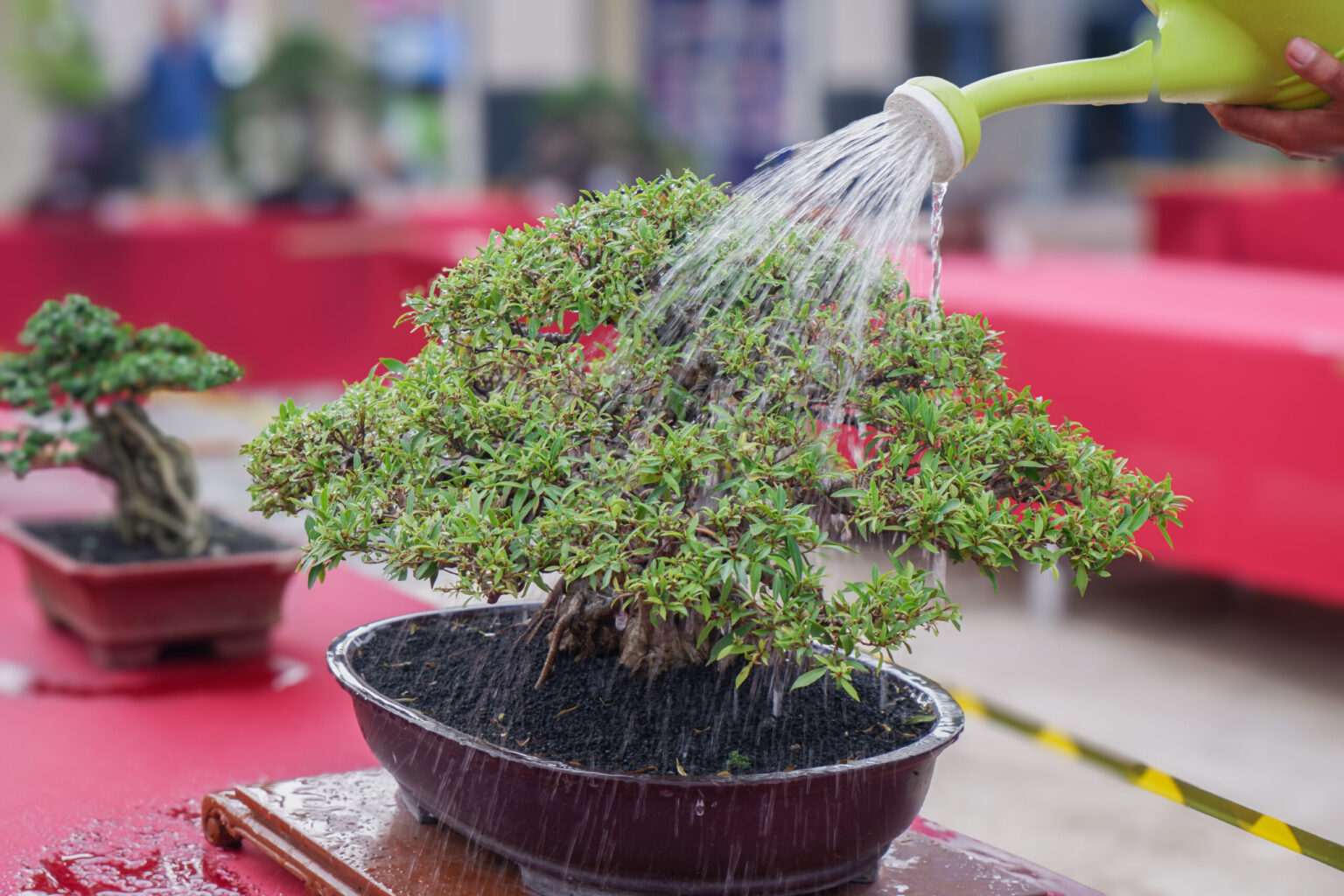
Common Beginner Bonsai Mistakes
Every bonsai master was once a beginner, armed with a watering can and many questions. Mistakes are not failures—they are stepping stones on the path to mastery. Here are the most frequent missteps to avoid in your bonsai tree care for beginners journey:
Overwatering: This is the most common cause of bonsai decline. Many beginners believe more water is better, but soggy roots lead to rot and disease. Always check the soil moisture before watering. If the soil feels damp just below the surface, wait before adding more water. Learn more about watering in our Bonsai Tree Care Basics guide.
Under-lighting: Bonsai are miniature trees, not typical houseplants. Most species, especially juniper and pine, need bright, direct light to thrive. A dim corner or windowsill rarely suffices. Whenever possible, place your bonsai outdoors or supplement indoor light with grow lights. For detailed lighting advice, see Indoor Bonsai Tree Care.
Neglecting pruning: Pruning is essential not only for shaping your bonsai but also for promoting healthy new growth. Without regular pruning, branches become leggy and lose their defined character. Think of pruning as guiding your bonsai’s natural form rather than forcing it. Our How to Prune a Bonsai Tree article provides step-by-step tips.
Using regular potting soil: Ordinary soil retains too much moisture and lacks the necessary drainage and aeration for bonsai roots. Always use a specialized bonsai soil mix that is fast-draining and airy to prevent root rot. For more, visit our Bonsai Tree Soil Mix guide.
Repotting too soon: It’s tempting to repot often, but most bonsai only need repotting every 2 to 3 years, or when roots tightly circle the pot and water drainage becomes slow. Repotting too frequently can stress your bonsai and delay its growth.
Avoiding these common pitfalls is a key part of successful bonsai tree care for beginners. For a deeper dive into beginner mistakes and how to fix them, click here to read Beginner Bonsai Mistakes.
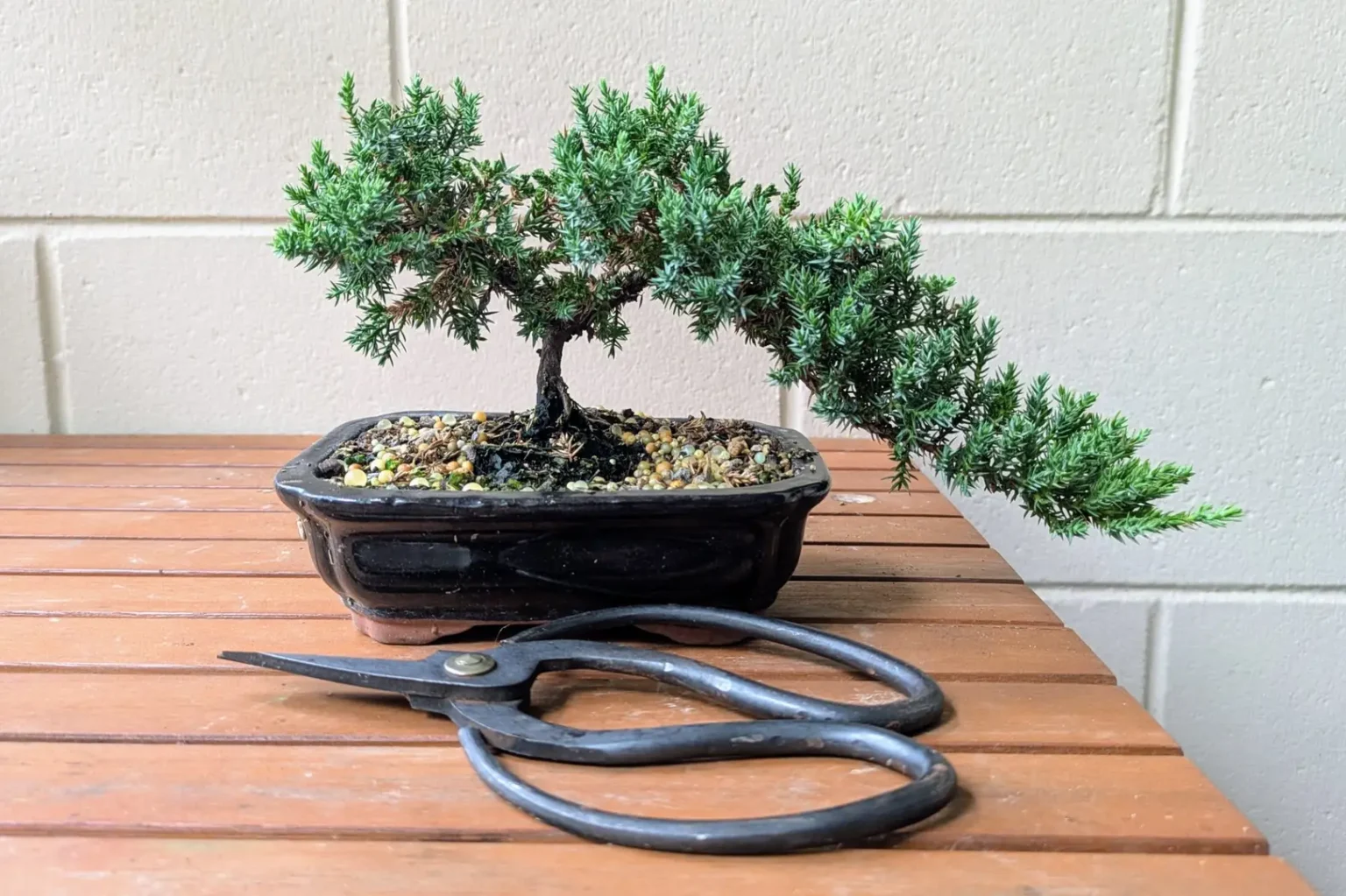
Bonsai Pruning and Shaping
Pruning and shaping are the heart of bonsai artistry and essential skills in bonsai tree care for beginners. Here are the fundamental techniques to guide your bonsai’s growth and style:
Structural Pruning:
Remove dead, weak, or crossing branches to improve tree health
Shape the bonsai and promote good airflow to prevent disease
Maintenance Pruning:
Trim new shoots regularly to maintain your bonsai’s style and silhouette
Pinch back excessive growth during the active growing season to keep the form tidy
Wiring:
Use aluminium or copper wire to gently bend and position branches into your desired shape
Leave the wire on for a few weeks but monitor closely to avoid wire marks; remove carefully once the branch holds its shape
Tip: Practice wiring techniques on a nursery plant before applying wire to your bonsai to build confidence and skill
For more detailed guidance and step-by-step instructions, explore our comprehensive How to Prune a Bonsai Tree article. Mastering pruning and wiring is a vital part of successful bonsai tree care for beginners, helping your tree grow healthy and beautiful.
Repotting Your Bonsai Tree
Repotting is a crucial aspect of bonsai tree care for beginners that ensures your tree’s roots have room to grow and stay healthy. Typically, repot your bonsai every 2 to 3 years, with younger trees needing more frequent attention.
Repotting Steps:
Carefully remove the tree from its pot
Trim the roots, but never more than one-third to avoid stressing the tree
Place the tree into fresh, well-draining bonsai soil to promote root health and aeration
Water deeply after repotting to settle the soil and hydrate the roots
For best results, always repot in early spring, just before your bonsai begins its vigorous growth phase.
Repotting is one of the foundational practices in bonsai tree care for beginners, setting the stage for a thriving miniature tree.
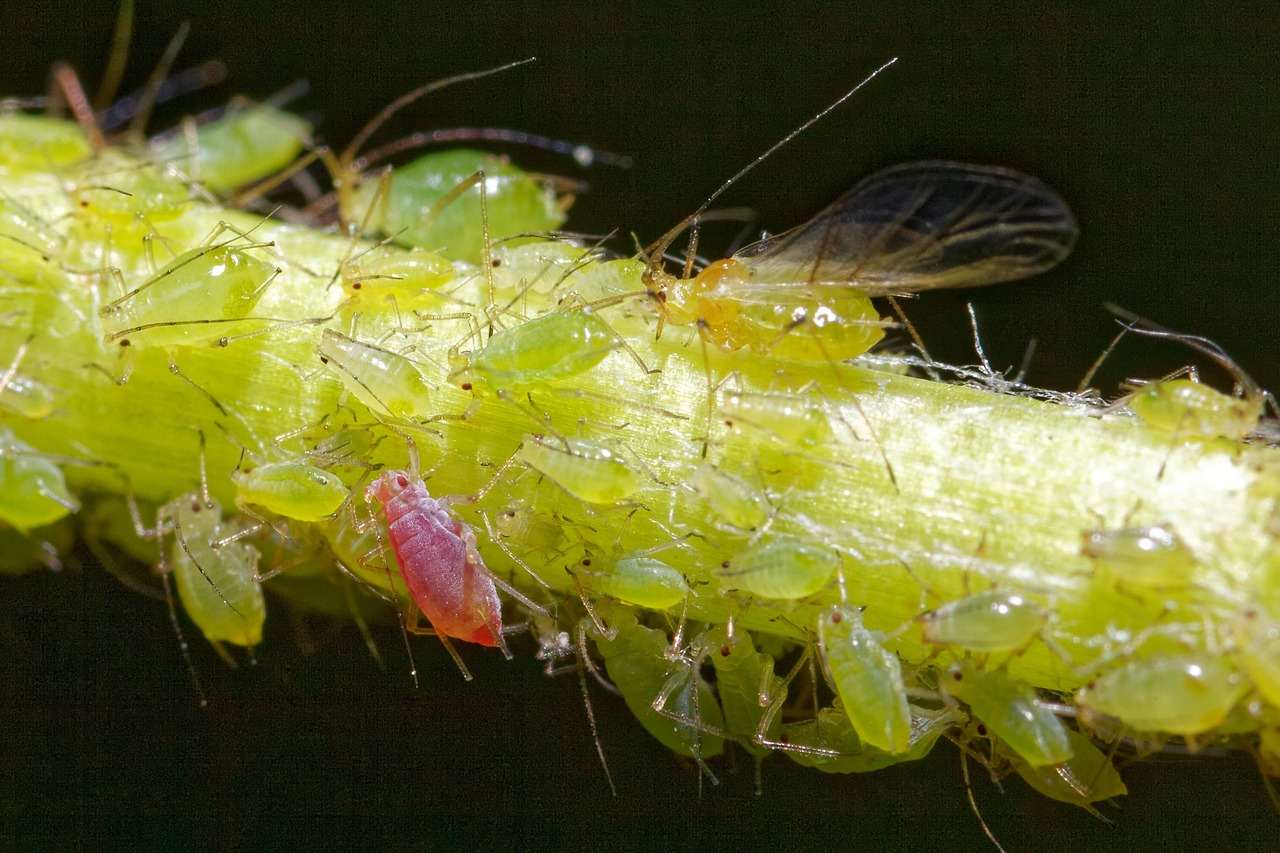
Bonsai Tree Pests and Diseases
Part of bonsai tree care for beginners is learning to recognize and manage common pests and diseases that can threaten your miniature tree’s health.
Common Pests:
Aphids
Spider mites
Scale insects
These pests can quickly damage leaves and stunt growth. Regularly inspect your bonsai—at least once a week—and treat infestations early using neem oil or insecticidal soap.
Common Diseases:
Root rot caused by overwatering or poor drainage
Powdery mildew resulting from insufficient airflow
Prevention is key in bonsai tree care for beginners. Always keep your pruning tools clean to avoid spreading pathogens, and ensure your bonsai has good air circulation to reduce humidity-related problems.
Bonsai Styles and Aesthetics
Understanding bonsai styles is an important part of bonsai tree care for beginners as it guides how you shape and present your tree’s unique character.
Formal Upright (Chokkan): Tall and straight, symbolizing strength and stability.
Informal Upright (Moyogi): Features gentle, elegant curves for a natural look.
Cascade (Kengai): Branches flow downward below the pot, mimicking a waterfall.
Semi-Cascade (Han-Kengai): Branches cascade slightly downward, softer than full cascade.
Forest (Yose-ue): A grouping of trees creating a miniature landscape.
Literati (Bunjingi): Sparse and artistic, focusing on minimalism and grace.
To master these styles, learn the Rule of 3 in Bonsai which helps beginners balance design and proportion in their bonsai.
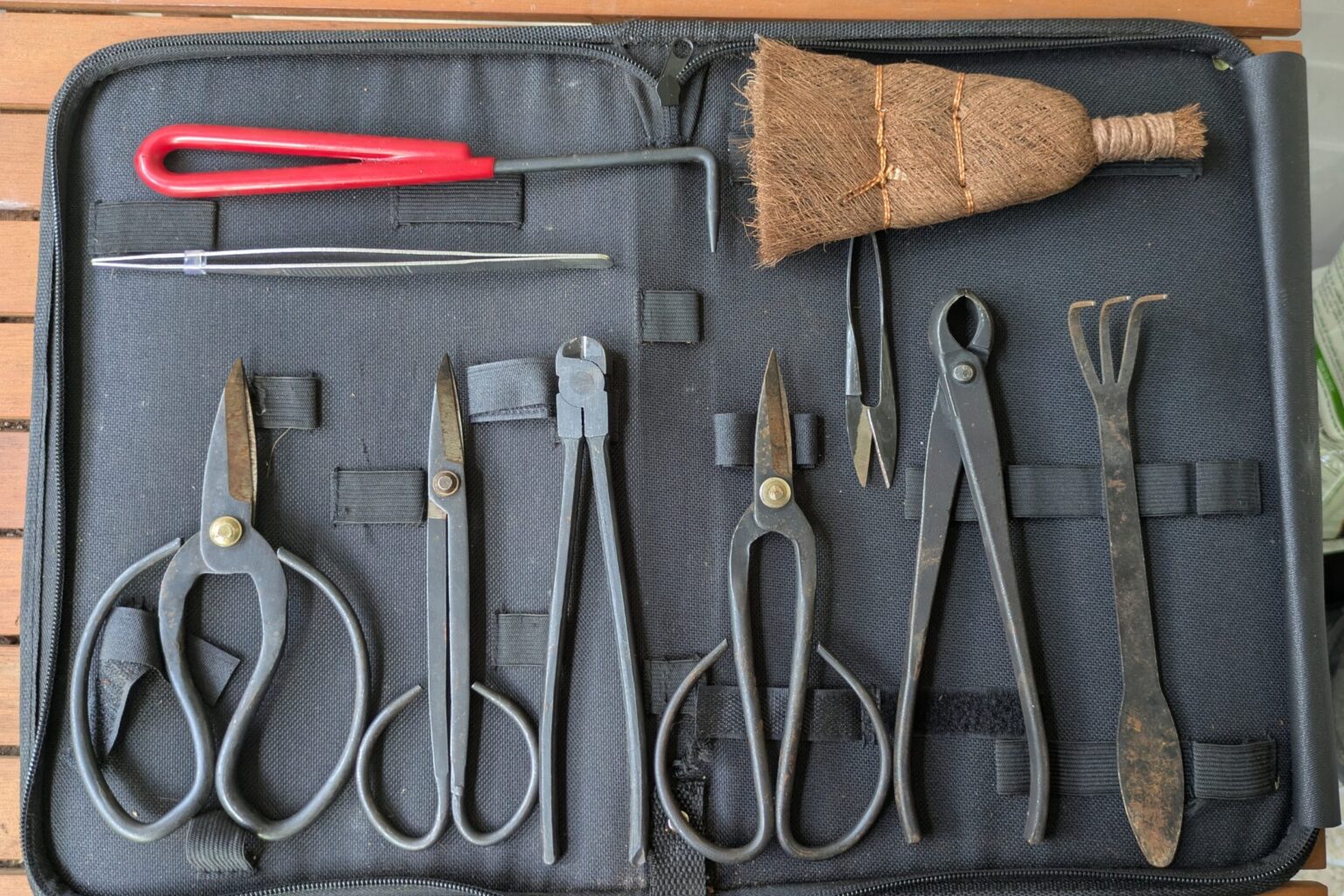
Recommended Tools & Products
If you’re just getting started, these basics will do:
Click below to learn which are the best beginner bonsai tools you will need.
Beginner Bonsai Tree Guide FAQ
Q: How long does it take to grow a bonsai?
A: A lifetime. But you can shape one in months. True beauty unfolds over years.
Q: Can you turn any tree into a bonsai?
A. Technically, yes—you can turn almost any tree species into a bonsai, as long as it has a woody trunk and can grow in a container. However, not all trees make great bonsai. Some respond better to pruning, shaping, and pot culture than others. For best results, start with beginner-friendly species like Juniper, Ficus, or Chinese Elm. Master Mori says: “Not all trees wish to be small… but some are quite happy in a tiny pot with a bit of styling flair.”
Q: Can I grow bonsai from seed?
A: Yes, but it takes 3-5 years to become bonsai material. Most beginners start with nursery plants.
Q: Do bonsai trees stay small forever?
A: Only with constant care. Left unpruned, they grow like any tree.
Q Can I use potting mix as bonsai soil?
A: Ah, the age-old question. While regular potting mix is great for your grandma’s petunias, it’s a nightmare for bonsai roots. Potting soil tends to hold too much moisture and lacks the drainage and aeration our miniature trees crave. Using it is like putting your bonsai in wet socks—comfortable at first, but soon… trouble. For strong roots and healthy growth, use a well-draining bonsai soil mix made with akadama, pumice, and lava rock. Your bonsai will thank you (in very slow growth spurts).
Q. What is the best fertilizer for bonsai?
A: Ah, fertilizer—the secret sauce of the bonsai world. Think of it as tea for trees, and every tree has its preferred blend. A balanced fertilizer with equal parts nitrogen (N), phosphorus (P), and potassium (K)—like a 10-10-10 or 20-20-20—is perfect for general health during the growing season. If your tree is pushing out new growth like an overenthusiastic apprentice, a nitrogen-rich blend in spring will give it a gentle nudge. In autumn, switch to a low-nitrogen mix to prepare it for rest. Slow-release pellets or organic liquids both work wonders, but avoid overfeeding. Too much fertilizer and your bonsai might grow faster than your wisdom—and that’s dangerous for both of you.
Q. What is the best beginner bonsai?
A: Ah, an excellent question, young sapling. When beginning the bonsai journey, it is wise to choose a tree with the patience of a monk and the resilience of a mountain goat. The Ficus is a top indoor contender—tolerant of low humidity and beginner fumbles. The Juniper, though an outdoor spirit, is forgiving and hardy, ideal for practicing your pruning skills. Jade, a succulent masquerading as a tree, rarely complains and teaches you the art of balance. Start with one of these dependable elders, and your roots in bonsai will grow strong and steady.
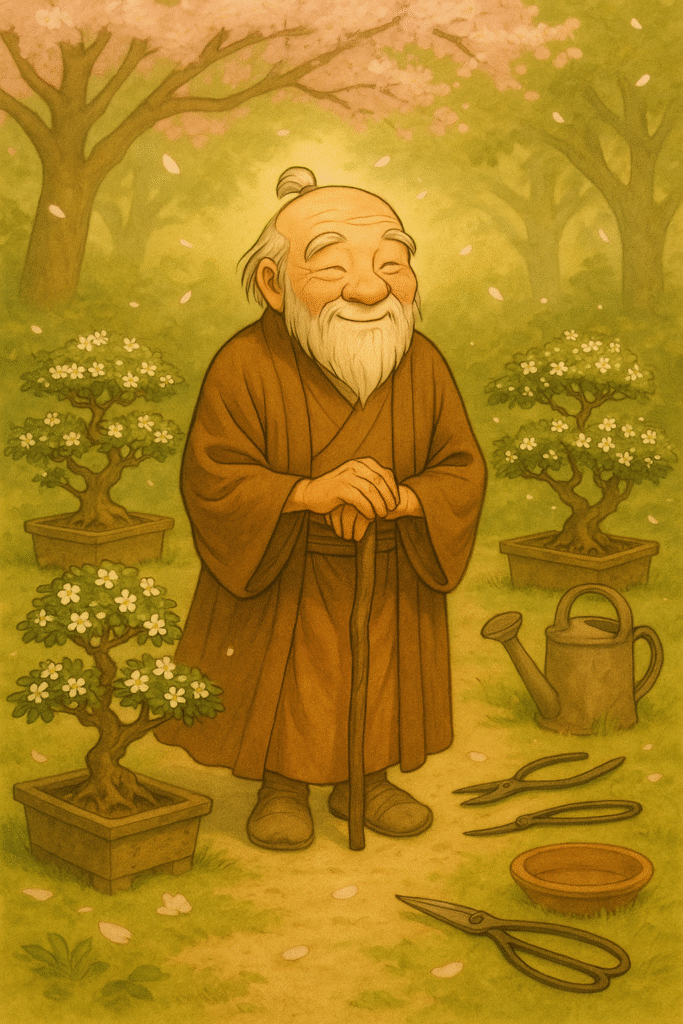
Final Thoughts from Master Mori
Young seedling, now that you have read the Ultimate Beginner Bonsai Tree Guide, you have now learned the roots of bonsai care. The art of bonsai is not about control. It is about connection.
You will make mistakes. Leaves will fall. But with patience, presence, and a dash of humility, you will find your rhythm. One pruning, one watering, one moment at a time.
So pour yourself a cup of tea. Sit in silence. And gaze upon your bonsai. In that stillness, you may just hear it whisper back.
“Walk the path of bonsai.”
— Master Mori
Related Blogs
Bonsai Care: The Complete Guide to Growing Healthy, Happy Trees
For more information read the Bonsai Wikipedia
New to Bonsai? Subscribe to our newsletter and download our free guide. Master Mori’s Will Show You the Way
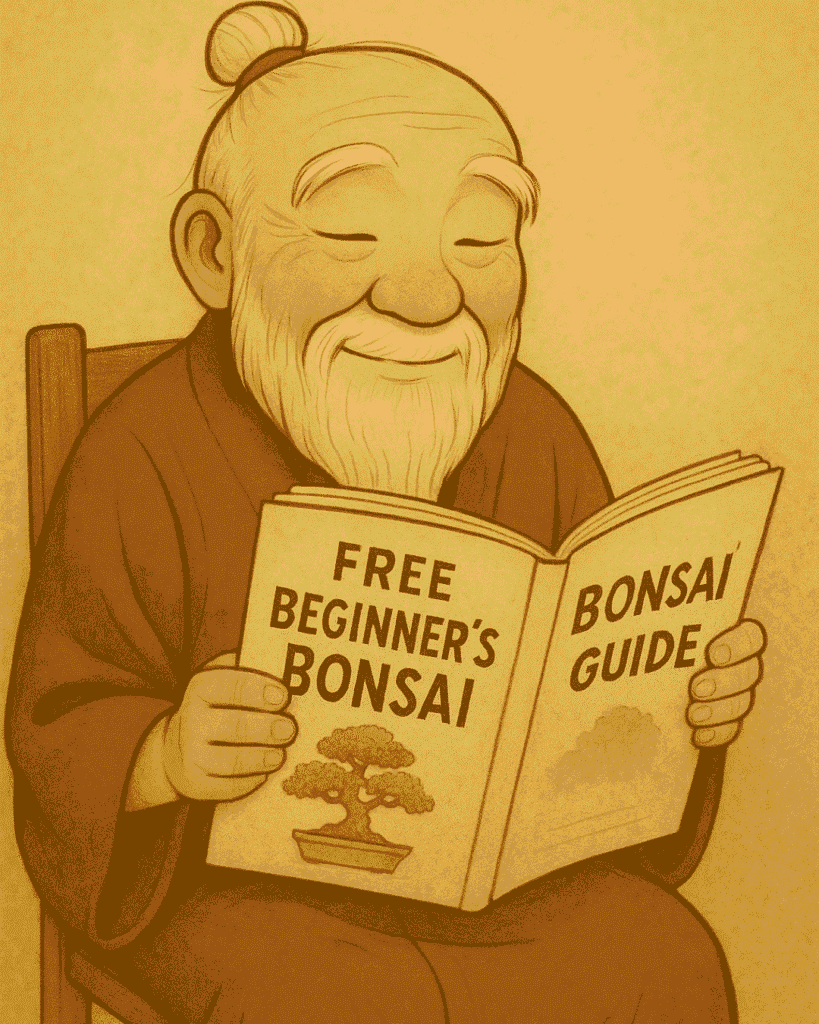
Explore More Bonsai Wisdom — All Articles
Take the next step on your bonsai journey. Below you’ll find every article we’ve published, thoughtfully grouped for easy discovery.
